I am trying to transition my three year old daughter from antibiotics to herbal treatments. She has had eighteen months of antibiotics for lyme, bartonella and babesia and has made much progress but I am concerned about candida and food allergies that have recently developed. I am confused because I am getting conflicting opinions on which herbs are safe for young children. One person told me that cat’s claw has phytoestrogen properties and would not be safe for her. I thought this product could be used in young children. Can you tell me which herbs can be used in a three year old for treating lyme, babesia, ehrlichia and bartonella? I would like to have a few options so we can change the protocol if we see a plateau. I was told by someone selling herbs that Japanese knotweed, cat’s claw, astragalus, bee pollen, cardomon, tumeric, phellodendron, gardenia, all should not be used for this age group. I have been using cryptolepsis with her but would like to know what other alternatives there are. Also – what is the maximum time she should be on it? Thanks so much for your insight.
She can take any of the herbs in the book; I am not sure why you are hearing that she cannot. To get dosage divide her weight by 150. If she weighs 50 pounds her dosage is 1/3 an adult dose. I would go with tinctures mostly. I would only use knotweed and cat’s claw, though if the cryptolepis is helping you could keep using it. It is very strong though and I feel tentative about it in this instance.





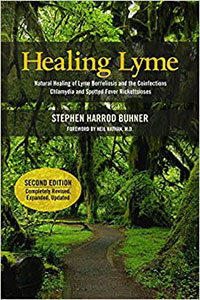
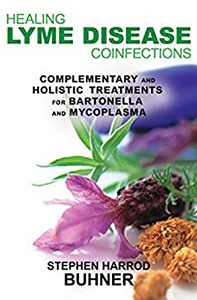
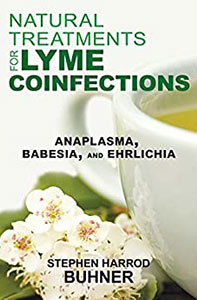
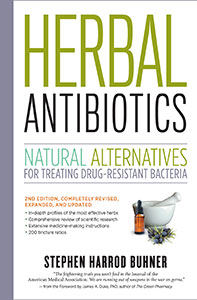
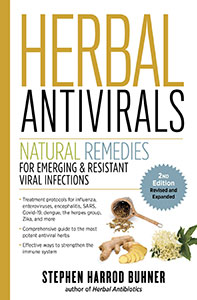



0 Comments